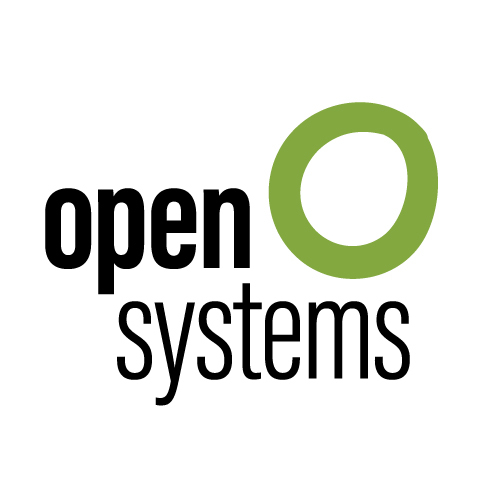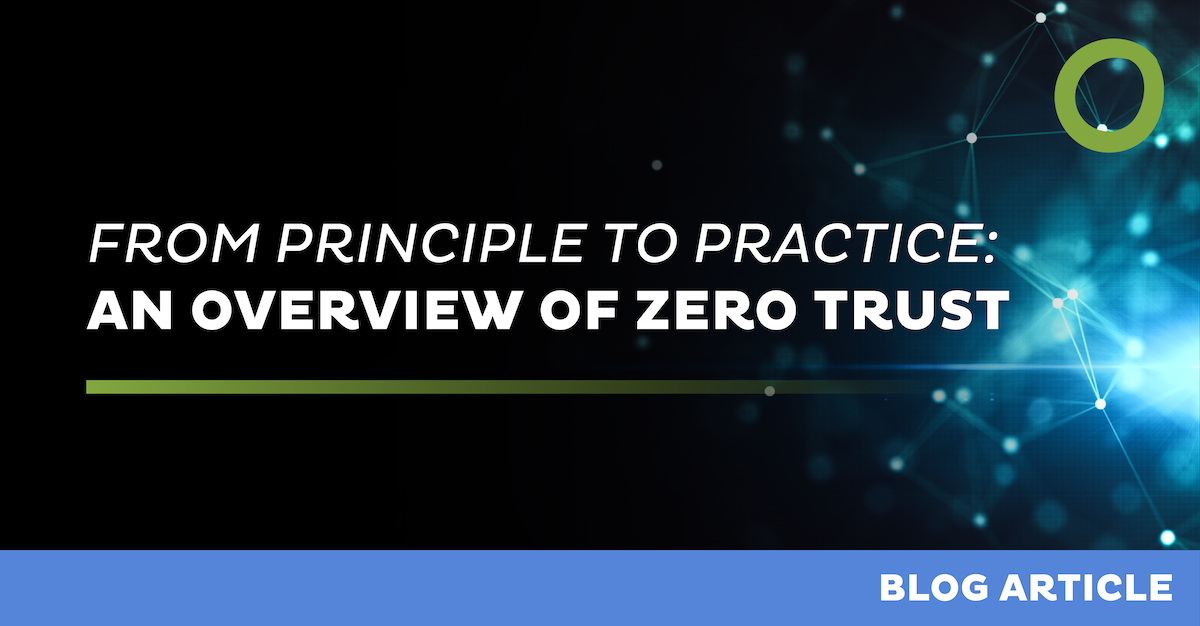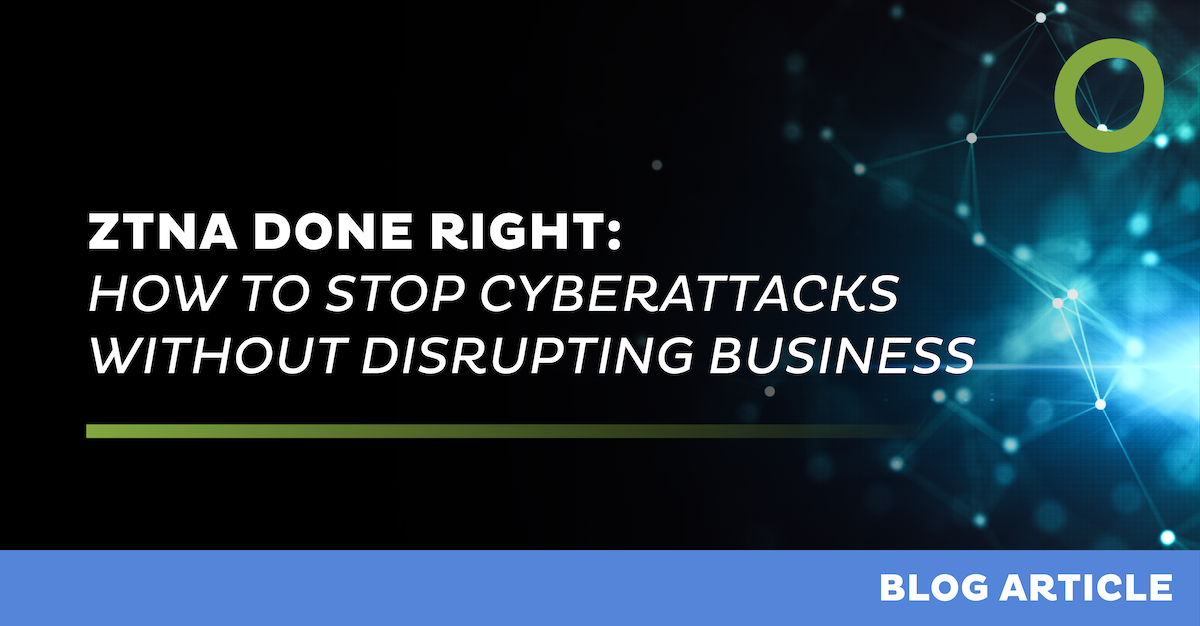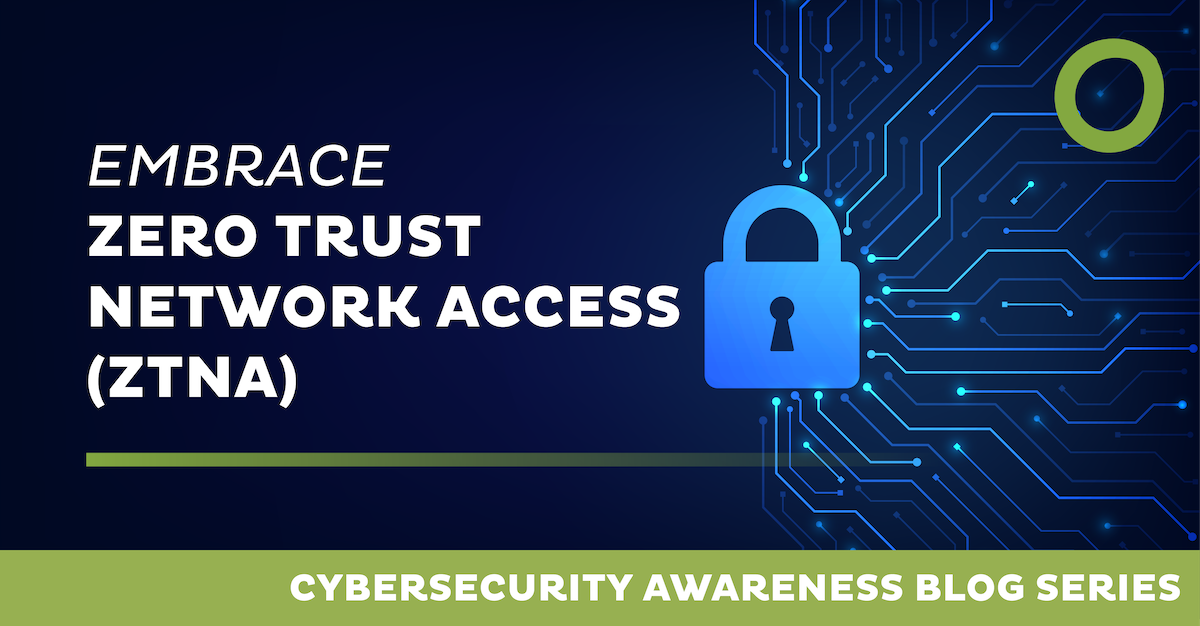
From Principle to Practice: An Overview of Zero Trust


A New Cybersecurity Paradigm
The days when an enterprise network could be protected like a castle with walls and moats are over. Boundaries are dissolving: employees work from home or on the go, supply chains and partner networks are digitally integrated, and applications run in hybrid multi-cloud environments. The old logic of “inside is safe, outside is dangerous” no longer applies.
This is where Zero Trust comes in. The guiding principle: “Never trust, always verify.” No user, device, or application is inherently trusted—every access request to data and systems must be continuously validated.
What Defines Zero Trust
Zero Trust is not a single product, but a security model built on clear principles:
- Least Privilege: Every user receives only the minimum rights necessary.
- Context-based access with ZTNA: Identity, device posture, location, or time determine whether access is granted.
- Continuous verification: Trust is never permanent. Each request is reassessed in the background.
- Micro-segmentation: The network is divided into small zones to limit lateral movement.
- Visibility & transparency: Endpoints, applications, and data flows are continuously monitored.
These principles not only strengthen security but also ensure auditability and compliance (e.g., with NIS2).
More Than Just an IT Topic
Zero Trust goes far beyond firewalls or VPNs. It is a model that reshapes processes, roles, and operations.
Germany’s Federal Office for Information Security (BSI) refers to this as the “assume breach” approach: organizations must assume attackers are already inside the network—and therefore scrutinize every access attempt. Trust must never be assumed; it must always be verified.
The Path to Implementation
Many organizations have begun introducing Zero Trust but are still at an early stage. The Zero Trust Maturity Model outlines several phases—from initial pilots to a fully integrated architecture.
A possible roadmap:
- Set priorities: Begin with clearly defined use cases such as partner or supplier access.
- Put identities at the center: Identity and Access Management forms the foundation—ideally supported by multi-factor authentication.
- Incorporate context: Access decisions are dynamic rather than static.
- Integrate into the overall architecture: Zero Trust becomes part of a comprehensive security model for network, cloud, and applications.
- Scale & automate: After initial success, expand to more users, devices, and infrastructures.
Zero Trust is a journey, not a destination—and requires collaboration across IT, security, business, and compliance teams.
The Role of Artificial Intelligence
With the growing complexity of digital business models, AI is becoming increasingly important in Zero Trust:
- Detecting anomalies in user and device behavior
- Dynamically adjusting or denying access rights
- Accelerating the analysis and application of threat intelligence
But AI also brings new challenges. AI systems and autonomous agents access data independently and must therefore be governed by the same Zero Trust principles as human users—identity verification, least privilege, and continuous monitoring.
Outlook: Zero Trust as a Long-Term Strategy
Zero Trust is not a one-off project to be implemented and then forgotten. It is a long-term approach that evolves in step with new technologies and threat scenarios.
Whether in the cloud, hybrid networks, or in managing autonomous AI systems, Zero Trust ensures security, usability, and business continuity remain aligned.
Takeaway: Zero Trust is not hype—it is the logical response to today’s digital reality. Those who embark on this journey early lay the foundation for a resilient, future-proof security architecture.
Implementing Zero Trust with Open Systems
Adopting Zero Trust is a strategic process that touches technology, organization, and culture alike. Many organizations face the challenge of securely and consistently integrating multiple platforms, clouds, and locations.
Open Systems supports organizations worldwide with SASE and Zero Trust solutions that unify identity, device security, and context into a single framework. The result:
- Secure access for employees, partners, and suppliers—independent of location or device
- Easier compliance through granular access controls and full transparency
- Improved user experience with seamless authentication and no VPN barriers
With 35 years of experience in network security and 24/7 expert support, Open Systems provides the expertise organizations need to implement Zero Trust successfully, step by step.
Learn more at www.open-systems.com
Leave Complexity
Behind
To learn how Open Systems SASE Experience can benefit your organization, talk to a specialist today.
Contact Us




